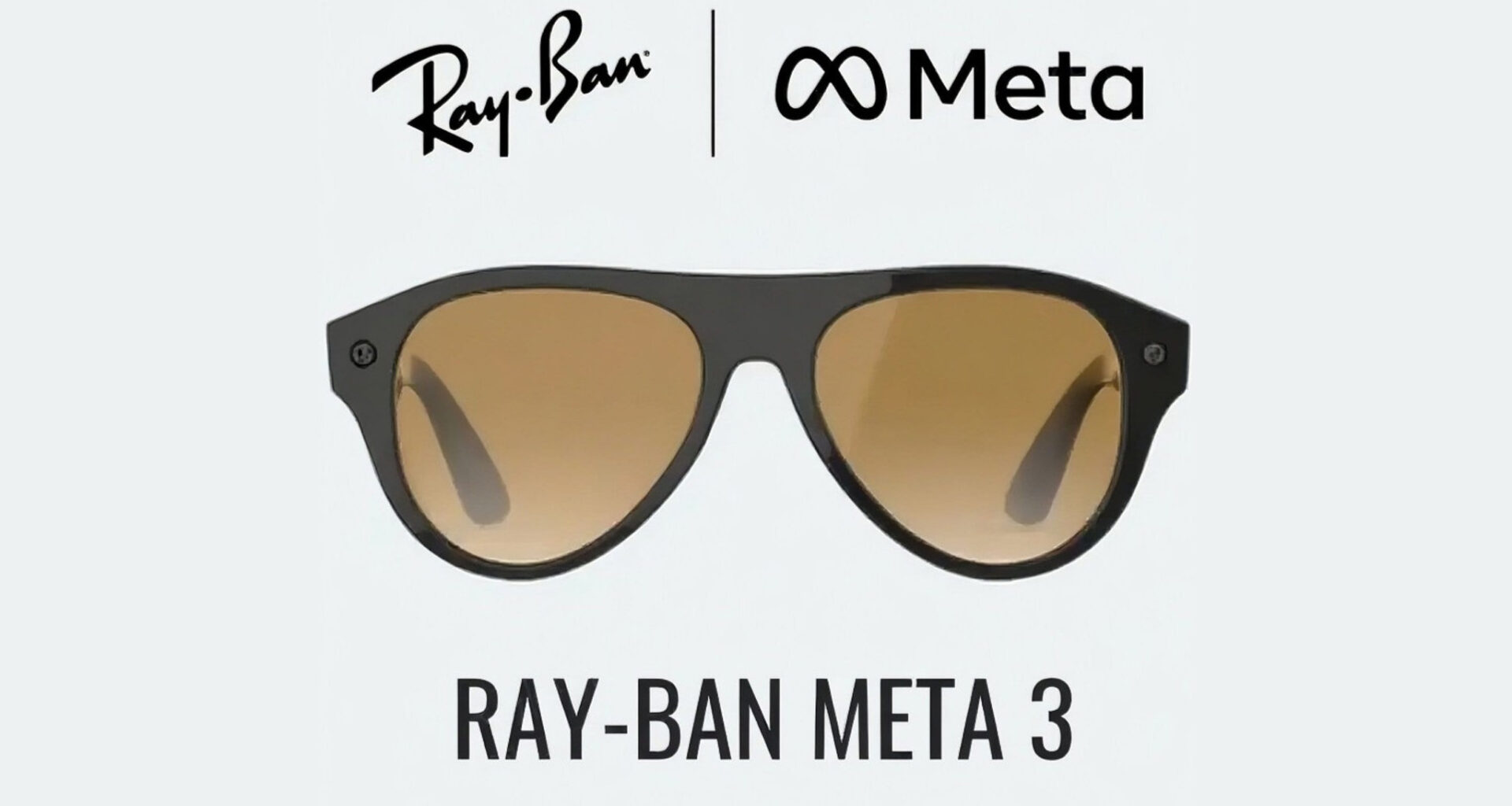Meta Connect 2025 arrives on September 17, and there’s reason to hope we’ll see 3rd-generation Meta Ray-Ban glasses at the event, two years after the current Ray-Ban Meta AI glasses brought smart glasses into the mainstream.
We’ve heard steady rumors that Meta plans to launch Hypernova smart glasses at Connect 2025 with a built-in display in one lens and a $799 price tag.
The rumored Ray-Ban Meta smart glasses (3rd Gen) wouldn’t have any AR elements, bringing back built-in speakers, cameras, and the Meta AI assistant. Leaks suggest that this generation could have separate styles for glasses and prescription glasses, and we’d expect better battery life to match the recent Oakley Meta HSTN glasses.
We’re expecting big things from Meta’s successor to its best-selling smart glasses. Here’s everything we know about Ray-Ban Meta Smart Glasses (Gen 3) so far.
Ray-Ban Meta Smart Glasses (Gen 3): Price and availability
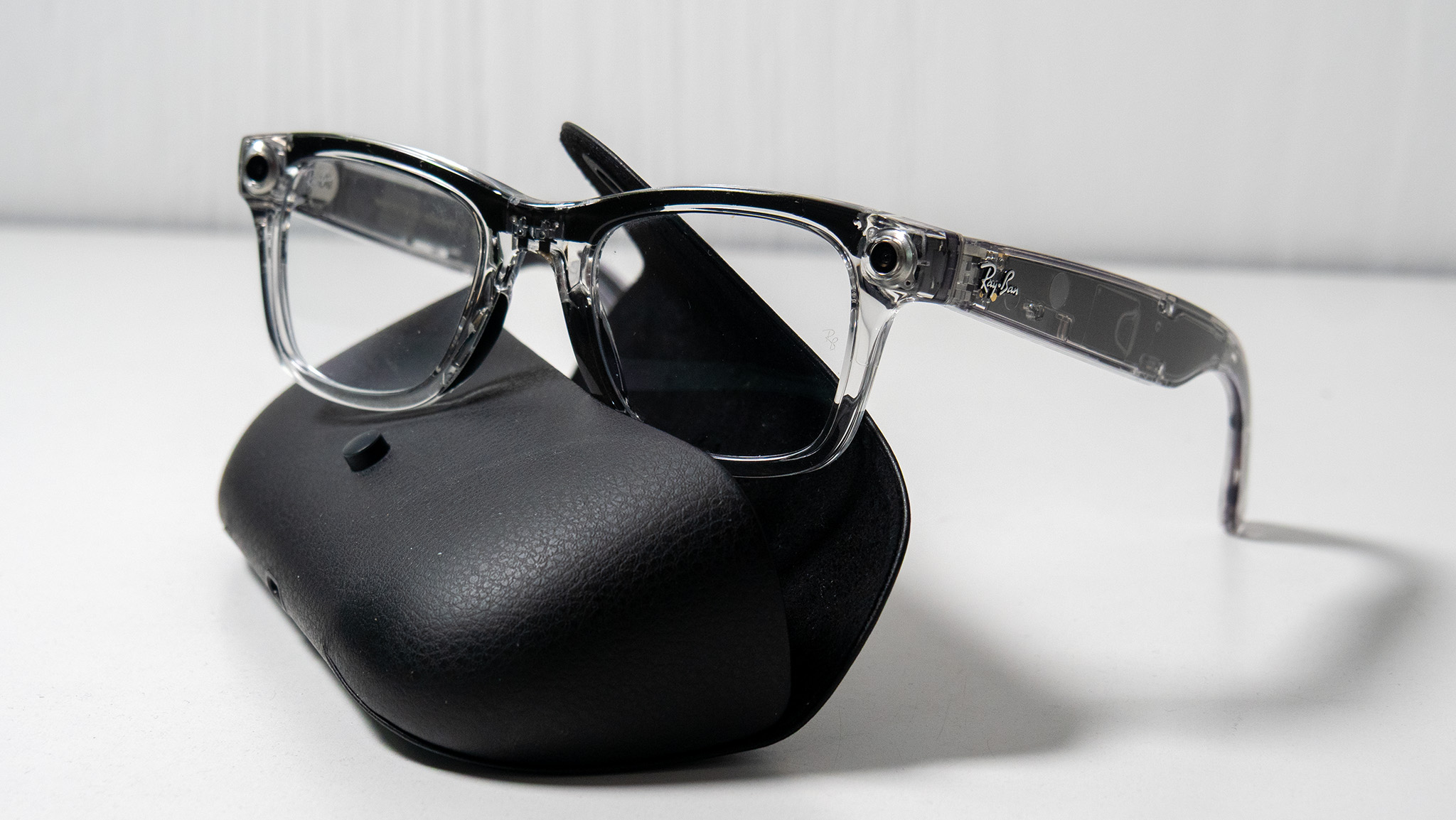
(Image credit: Nicholas Sutrich / Android Central)
Meta Connect’s keynote from Mark Zuckerberg starts at 5 p.m. Pacific on September 17; we’ll hopefully learn more about the Ray-Ban Meta (Gen 3) glasses then, but it depends on whether they launch in 2025 or 2026.
Leaks indicate these glasses will ship in two main styles: Optical (codenamed “Bellini”) and Sunglasses (codenamed “Aperol”). The XR Research Institute posted official-looking renders of both styles, while claiming that they’d launch before the end of 2025. In that case, a reveal at Meta Connect 2025 would make sense.
On the other hand, The Information originally claimed that these glasses would arrive in 2026, making the timetable less certain. Maybe we’ll only get a brief glimpse of these new glasses.
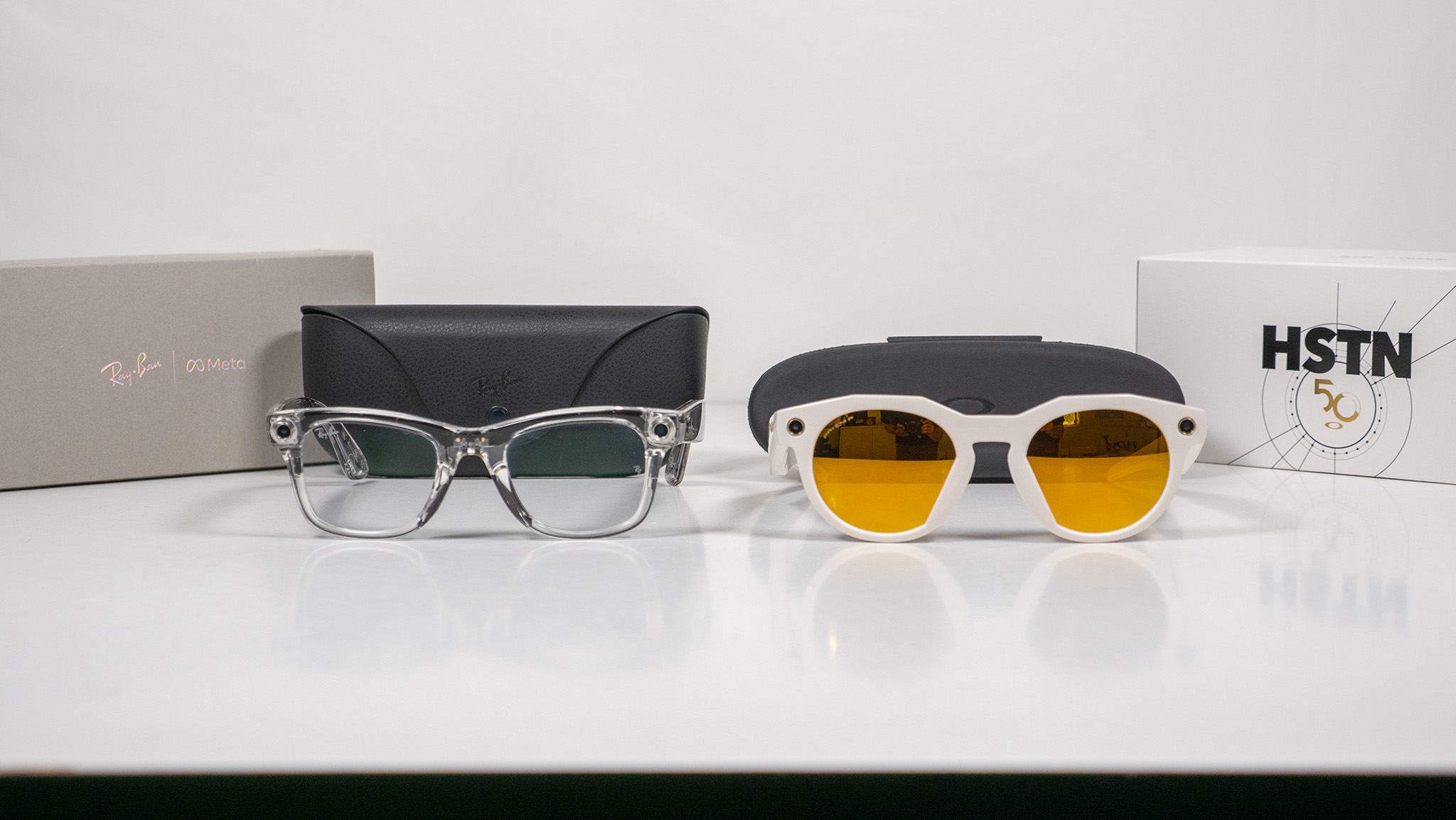
(Image credit: Nicholas Sutrich / Android Central)
The recent Oakley Meta HSTN smart glasses come in multiple finishes and lens options for just one style, while the current Ray-Ban Meta glasses have sunglasses and optical lenses for each style (Wayfarer, Skyler, and Headliner). Creating a set style for glasses and sunglasses would be an interesting new direction.
There’s no word on price differences for these two models just yet, but previous pairs of Ray-Ban Meta Smart Glasses have cost between $299-$349, depending on style and lenses chosen. Prescription lenses typically add extra cost.
Ray-Ban Meta Smart Glasses (Gen 3): Design and features
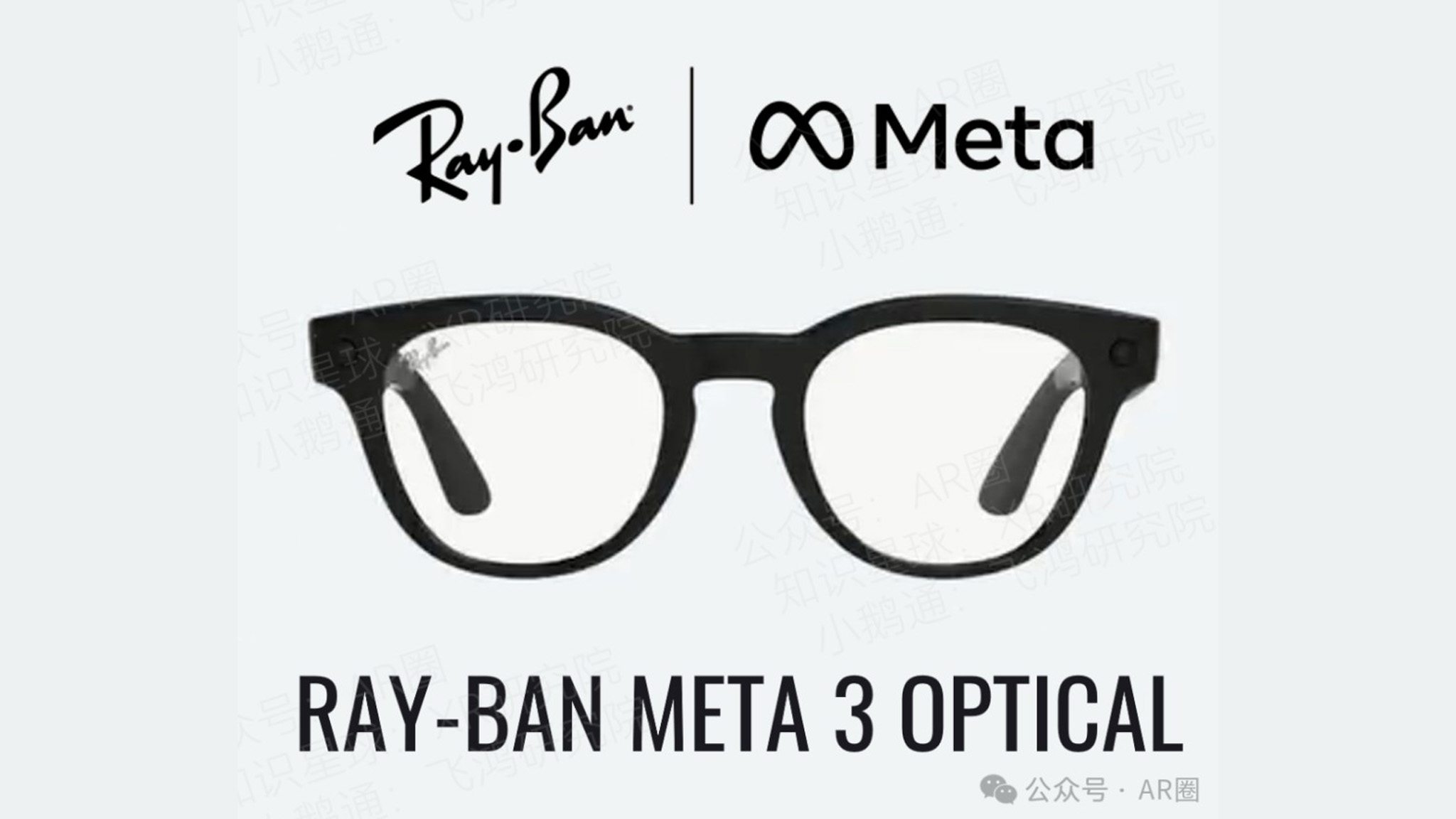
(Image credit: XR Research Institute)
We think Meta is breaking its third-generation Ray-Ban Meta Smart Glasses into two styles so that they can support a wider range of prescription lenses than the current Ray-Ban Meta Smart Glasses offer. The current frames can’t properly fit certain lenses, so having a separate design for optical versus sunglasses would solve this problem.
So far, we’ve seen two leaks pointing toward Meta launching dual designs for Ray-Ban Meta Smart Glasses (Gen 3) called “Aperol” and “Bellini.” Both styles are reportedly going to receive the next-generation Meta AI assistant, which will be able to run for hours at a time rather than the current 30-minute limit.
This is almost certainly designed to go head-to-head with Android XR smart glasses, which, as Google demonstrated on stage at Google I/O 2025, can record live for long periods and remember things for you. One of the most commonly cited uses is helping remember where you left your wallet or car keys by asking the AI assistant.
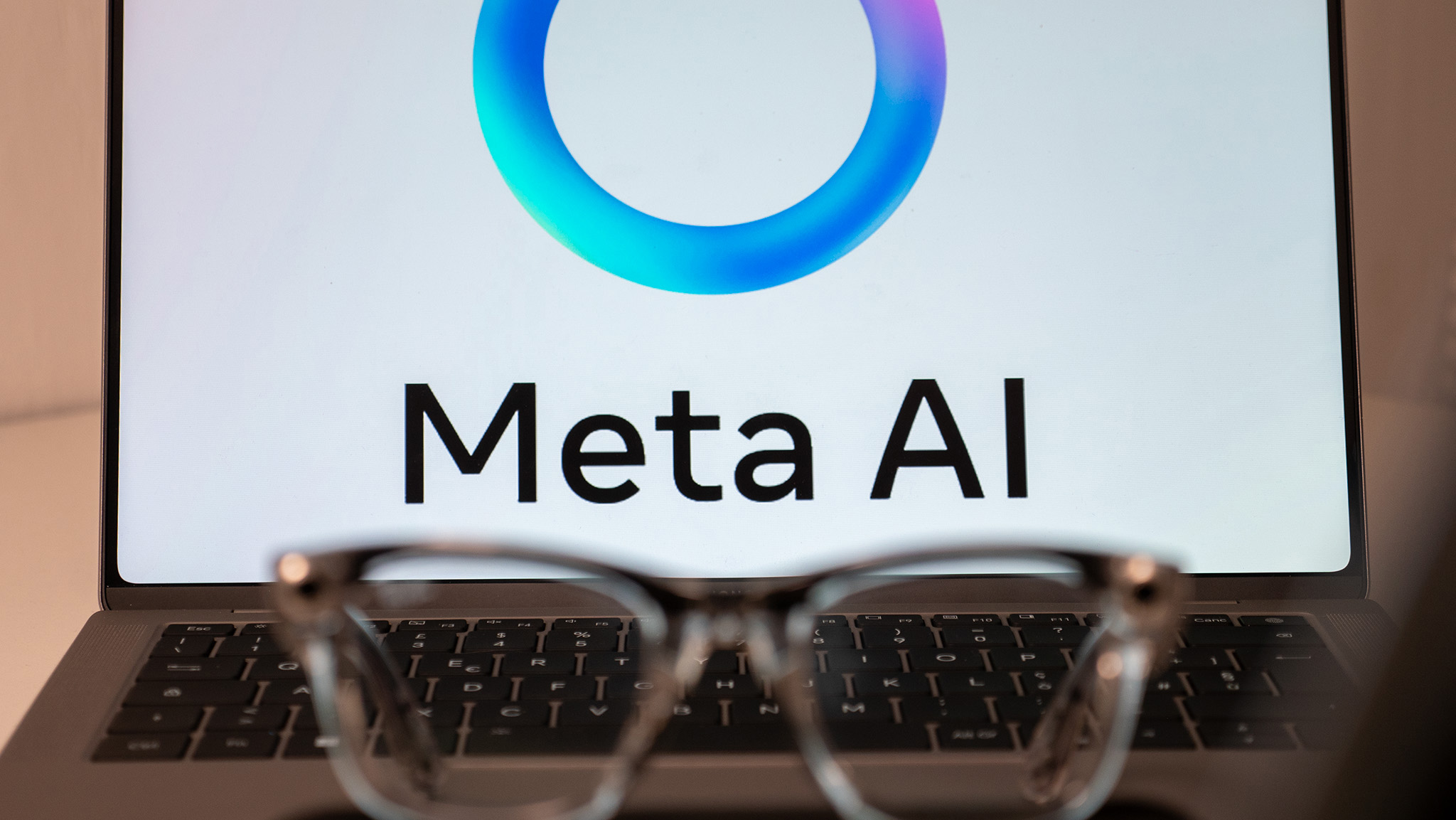
(Image credit: Nicholas Sutrich / Android Central)
In addition to that, next-generation Meta AI on Ray-Ban Meta Smart Glasses (Gen 3) is said to be able to recognize faces. If you’ve met someone before but can’t remember their name, your Gen 3 glasses would remind you.
We’re also expecting the Gen 3s to have much better battery life. Our Oakley Meta HSTN camera review showed that Meta has nearly doubled battery life compared to Ray-Ban Meta Smart Glasses, despite using the same chipset. These improvements should carry over to this new generation.
If Meta can pack in the latest Qualcomm AR1+ Gen 1 chipset into Ray-Ban Meta Smart Glasses (Gen 3), it’s entirely possible that battery life will eclipse Oakley Meta HSTN smart glasses by quite a bit. This chip is designed to perform on-device AI tasks instead of relying on the cloud, with the capacity to run Llama AI with one billion parameters and 128K token context, as well as enhanced image quality for photography.
Ray-Ban Meta Smart Glasses (Gen 3): Glasses with a screen?
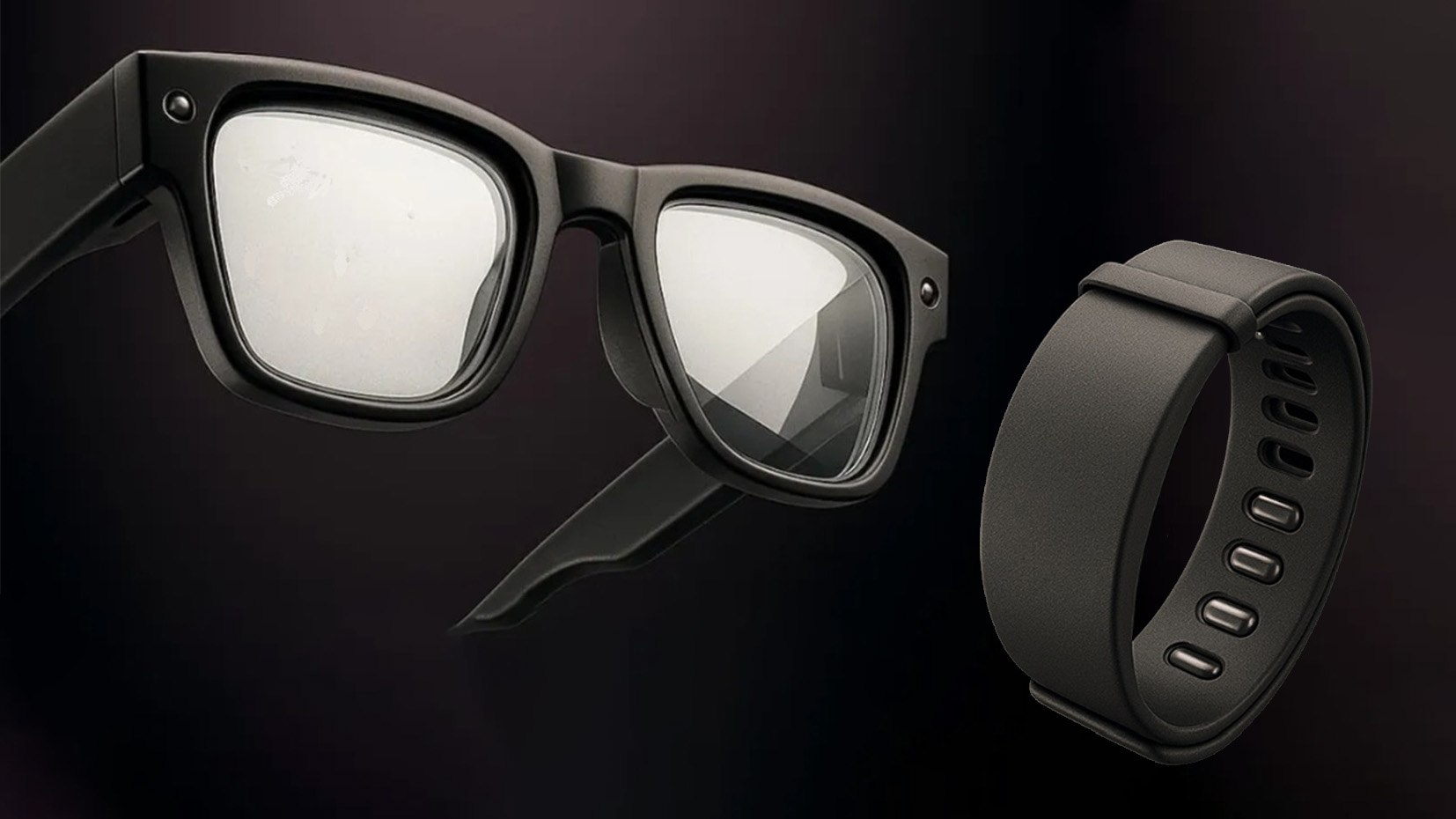
Meta Hypernova and a controller sEMG band (Image credit: Luna (@Lunayian) on X)
For months now, we’ve seen leaks about an upcoming pair of Meta smart glasses that feature a screen in one of the lenses. Thanks to a recent leak, we know what they could look like, but it’s still unclear whether they’ll be branded as “Ray-Ban” glasses or not.
Codenamed Meta Hypernova, these glasses may ship with a final name of “Meta Celeste,” according to leakers. This would make them a separate device from the Ray-Ban 3rd-gen glasses.
Hypernova is said to feature a single display placed inside one lens and will ship with an sEMG bracelet to make controlling the glasses effortless. This bracelet makes it possible to use smartphone-like gestures with your hands, but without the need to touch floating virtual objects as you might on a VR headset.

(Image credit: Android Central)
Instead, the bracelet understands how the muscles in your wrist relate to your finger movements and can accurately translate that into clicks, pinches, and even typing based on how you’re holding your hand. It also means you can easily look at an icon on the glasses’ screen and pinch your fingers to open an app, even if your hands are resting in your lap.
The sEMG bracelet I used during my Meta Orion hands-on had haptic feedback, as well, so it felt like I was physically interacting with virtual objects, even though they weren’t “real.”
We’ll find out more at Connect; the schedule shows several developer toolkit sessions that probably relate to Meta AI and smart glasses. But we should assume, for now, that these glasses don’t fall under the Ray-Ban umbrella.
Today’s best Oakley Meta HSTN and Ray-Ban Meta smart glasses deals

